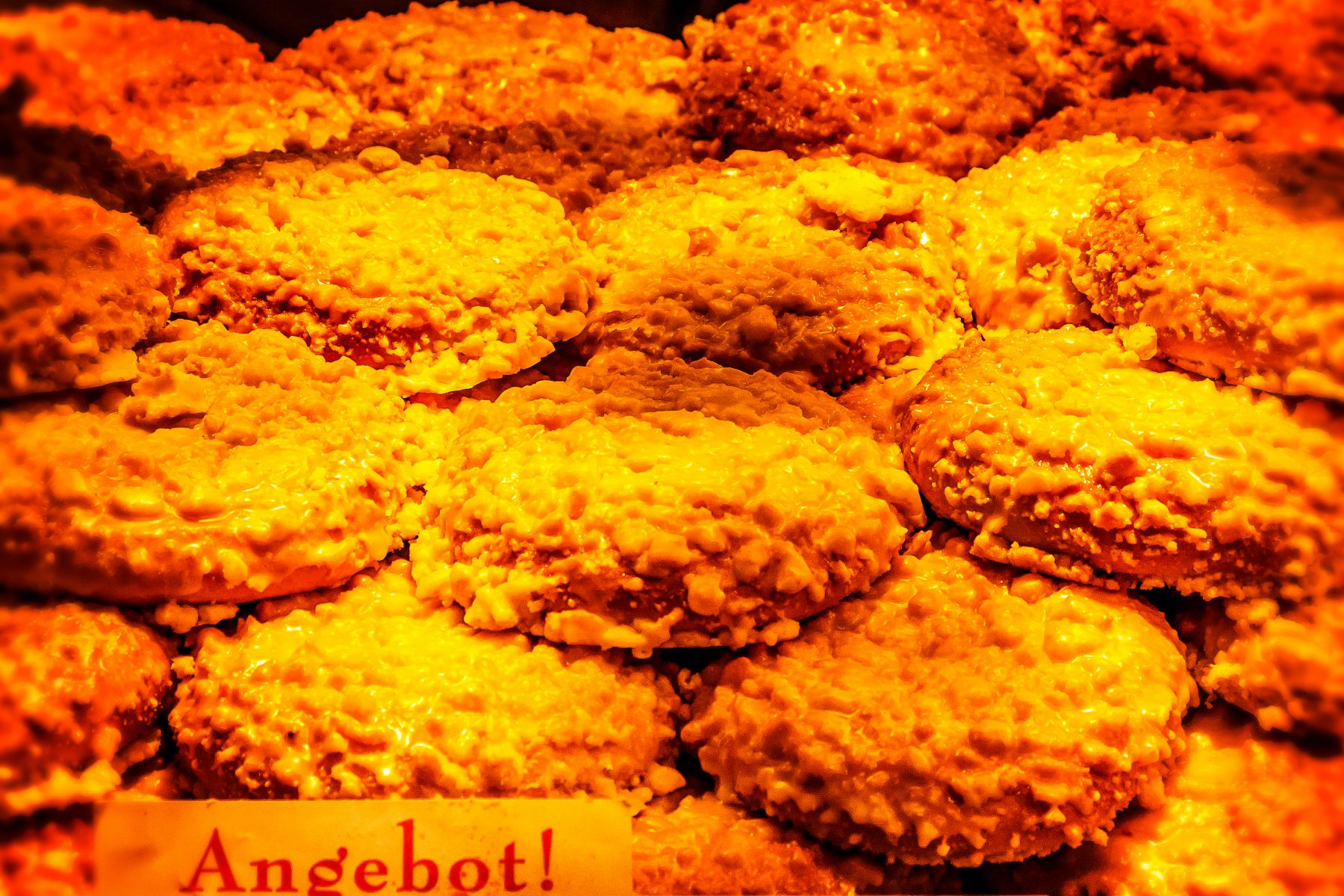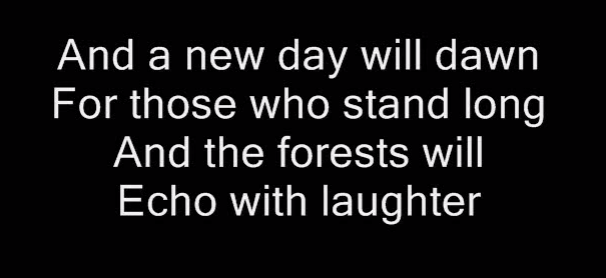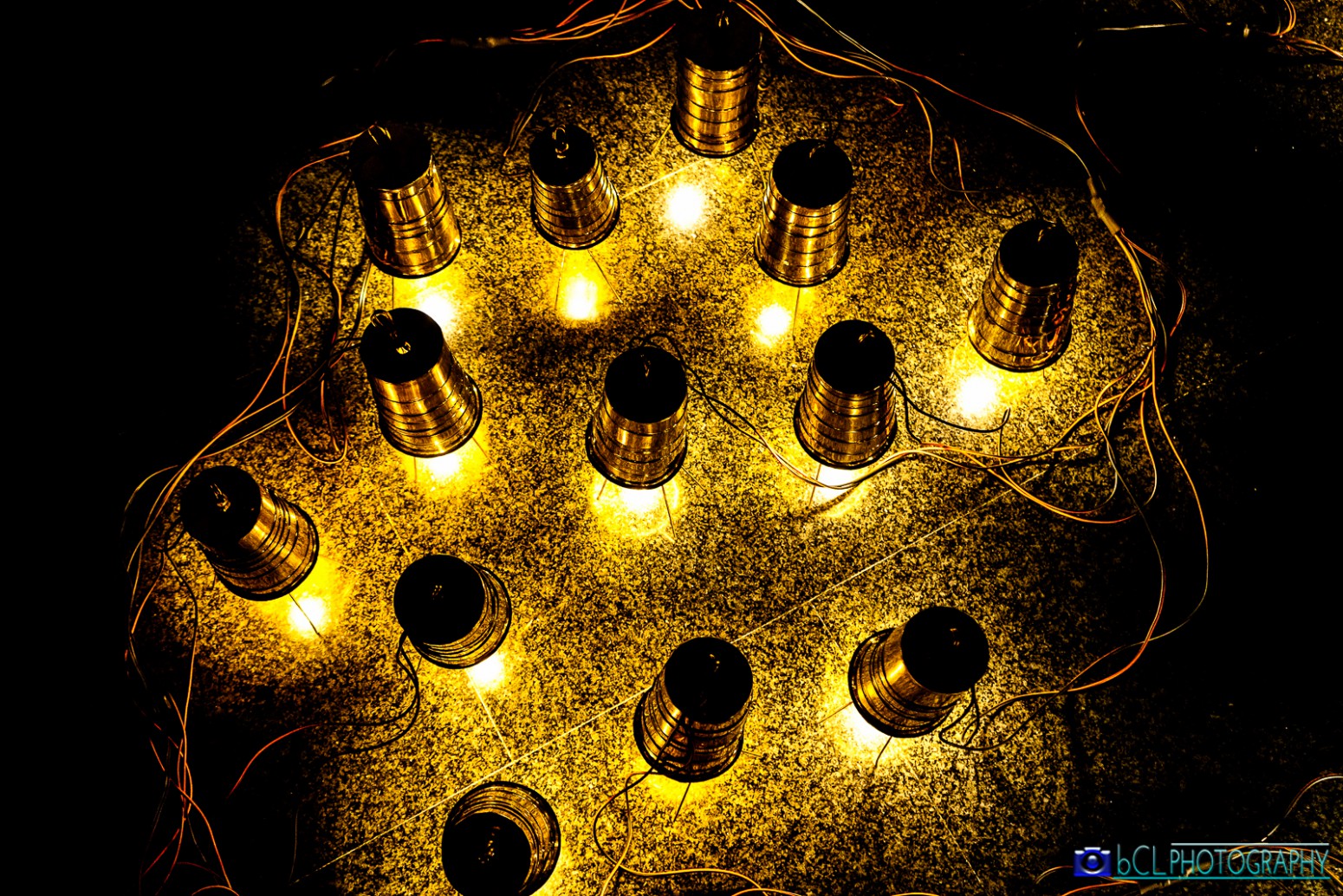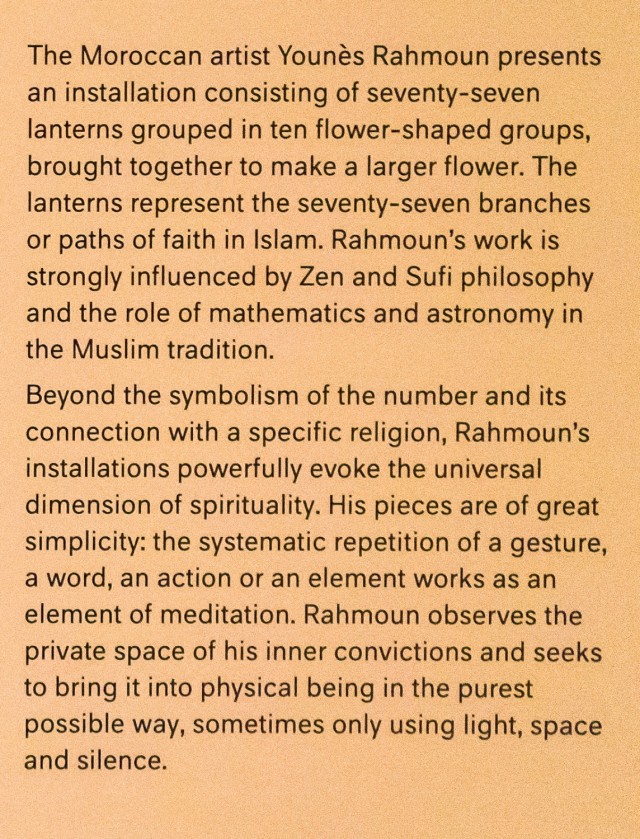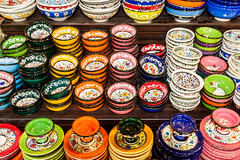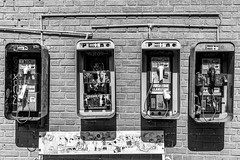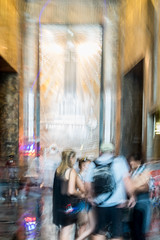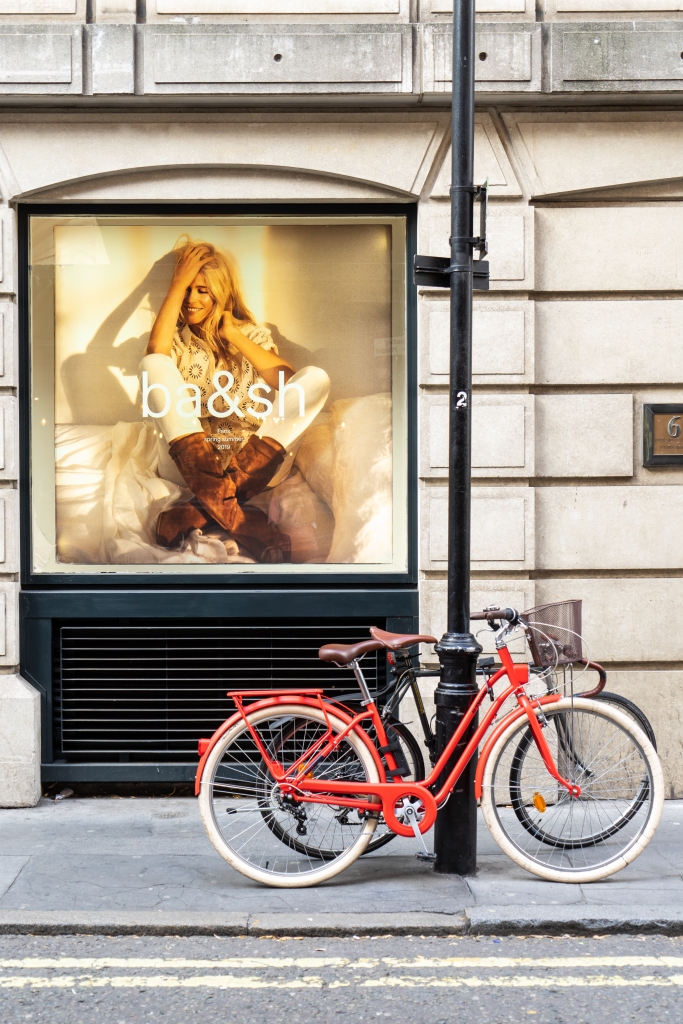
Robert Jessup says on his blog:
“Street advertising, which has also come to be known as, or called ‘out of home’ (OOH) advertising, is a broad term used to describes any kind of marketing campaign that uses advertising techniques to reach consumers when they are outside, away from their home.
Street advertising can be accomplished virtually in any outdoor place, such as promotional paraphernalia at sporting events and musical concerts, billboards throughout cities, or simple signs outside on the street. Outdoor advertising can be compared to broadcasting methods, because both represent a type of mass-market medium, meaning that the intention of both are to reach a large, undifferentiated segment of the population (consumers) with indistinct and varied backgrounds.
Street advertising is best utilized through broad message advertising mediums, as well as branding and support campaigns”.
This is my contribution to this Week Photo Challenge: Details
We go back to a flower that appeared in an old post in my blog, the Red Callistemon citrinus. The details appearing in the world of nature are amazing. This flower is an example of the wonders that the nature has in store for us.
Brownie is the name of a long-running popular series of simple and inexpensive cameras made by Eastman Kodak.
The Brownie camera, introduced in February 1900, invented low-cost photography by introducing the concept of the snapshot to the masses. The Brownie, was a very basic cardboard box camera with a simple meniscus lens that took 2 1/4-inch square pictures on 117rollfilm. The Brownie camera was conceived and marketed for sales of Kodak roll films. Because of its’ simple controls and initial price of $1 along with the low price of Kodak roll film and processing, The Brownie camera achieved and surpassed its’ marketing goal.
The camera was named after the brownies in popular Palmer Coxcartoons. Consumers responded, and over 150,000 Brownie cameras were shipped in the first year of production. An improved model, called No. 2 Brownie came in 1901, which produced larger photos and cost $2. It was also very popular.
Brownies were extensively marketed to children, with Kodak using them to popularise photography. They were also taken to war by soldiers. As they were so ubiquitous, many iconic shots were taken on brownies.
More info: Wikipedia
This is my contribution to this Week Photo Challenge: Curve
This strange structure consists of a big shallow inverted cone that was hard to see the end. The color and symmetry made me to shoot the camera.
I hope you like that too.
 A typewriter is a mechanical or electromechanical machine for writing in characters similar to those produced by printer’s movable type by means of keyboard-operated types striking a ribbon to transfer ink or carbon impressions onto paper. Typically one character is printed on each keypress. The machine prints characters by making ink impressions of type elements similar to the sorts used in movable type letterpress printing.
A typewriter is a mechanical or electromechanical machine for writing in characters similar to those produced by printer’s movable type by means of keyboard-operated types striking a ribbon to transfer ink or carbon impressions onto paper. Typically one character is printed on each keypress. The machine prints characters by making ink impressions of type elements similar to the sorts used in movable type letterpress printing.
After their invention in the 1860s, typewriters quickly became indispensable tools for practically all writing other than personal correspondence. They were widely used by professional writers, in offices, and for business correspondence in private homes.
By the end of the 1980s, word processors and personal computers had largely displaced typewriters in most of these uses in the Western world, but as of the 2010s the typewriter is still prominent in many parts of the world, including India.
More info in Wikipedia.
To finish the post, a funny Typewriter symphony Orchestra:
“Stairway to Heaven” is a song by the English rock band Led Zeppelin. It was composed by guitarist Jimmy Page and vocalist Robert Plant for the band’s fourth unnamed studio album, (see Led Zeppelin IV (1971)). The song was voted #3 in 2000 by VH1 on their list of the 100 Greatest Rock Songs. It was the most requested song on FM radio stations in the United States in the 1970s, despite never having been released as a single there. In November 2007, through download sales promoting Led Zeppelin’s Mothership release, “Stairway to Heaven” hit #37 on the UK Singles Chart.
“Stairway to Heaven“
There’s a lady who’s sure all that glitters is gold
And she’s buying a stairway to heaven.
When she gets there she knows, if the stores are all closed
With a word she can get what she came for.
Ooh, ooh, and she’s buying a stairway to heaven.
There’s a sign on the wall but she wants to be sure
’cause you know sometimes words have two meanings.
In a tree by the brook, there’s a songbird who sings,
Sometimes all of our thoughts are misgiven.
Ooh, it makes me wonder,
Ooh, it makes me wonder.
There’s a feeling I get when I look to the west,
And my spirit is crying for leaving.
In my thoughts I have seen rings of smoke through the trees,
And the voices of those who stand looking.
Ooh, it makes me wonder,
Ooh, it really makes me wonder.
And it’s whispered that soon if we all call the tune
Then the piper will lead us to reason.
And a new day will dawn for those who stand long
And the forests will echo with laughter.
If there’s a bustle in your hedgerow, don’t be alarmed now,
It’s just a spring clean for the may queen.
Yes, there are two paths you can go by, but in the long run
There’s still time to change the road you’re on.
And it makes me wonder.
Your head is humming and it won’t go, in case you don’t know,
The piper’s calling you to join him,
Dear lady, can you hear the wind blow, and did you know
Your stairway lies on the whispering wind.
And as we wind on down the road
Our shadows taller than our soul.
There walks a lady we all know
Who shines white light and wants to show
How everything still turns to gold.
And if you listen very hard
The tune will come to you at last.
When all are one and one is all
To be a rock and not to roll.
And she’s buying a stairway to heaven
Weekly Photo Challenge: Abstract
This is my contribution to this Week Photo Challenging. It is a giant bell tower of the Cathedral of Valencia, built in the XIV-XV, located in the famous Miguelete.
Miguelete Tower is the bell tower of the Cathedral of Valencia. It is known as El Miguelete or Micalet. The construction of the tower began in 1381 and ends in 1429.


